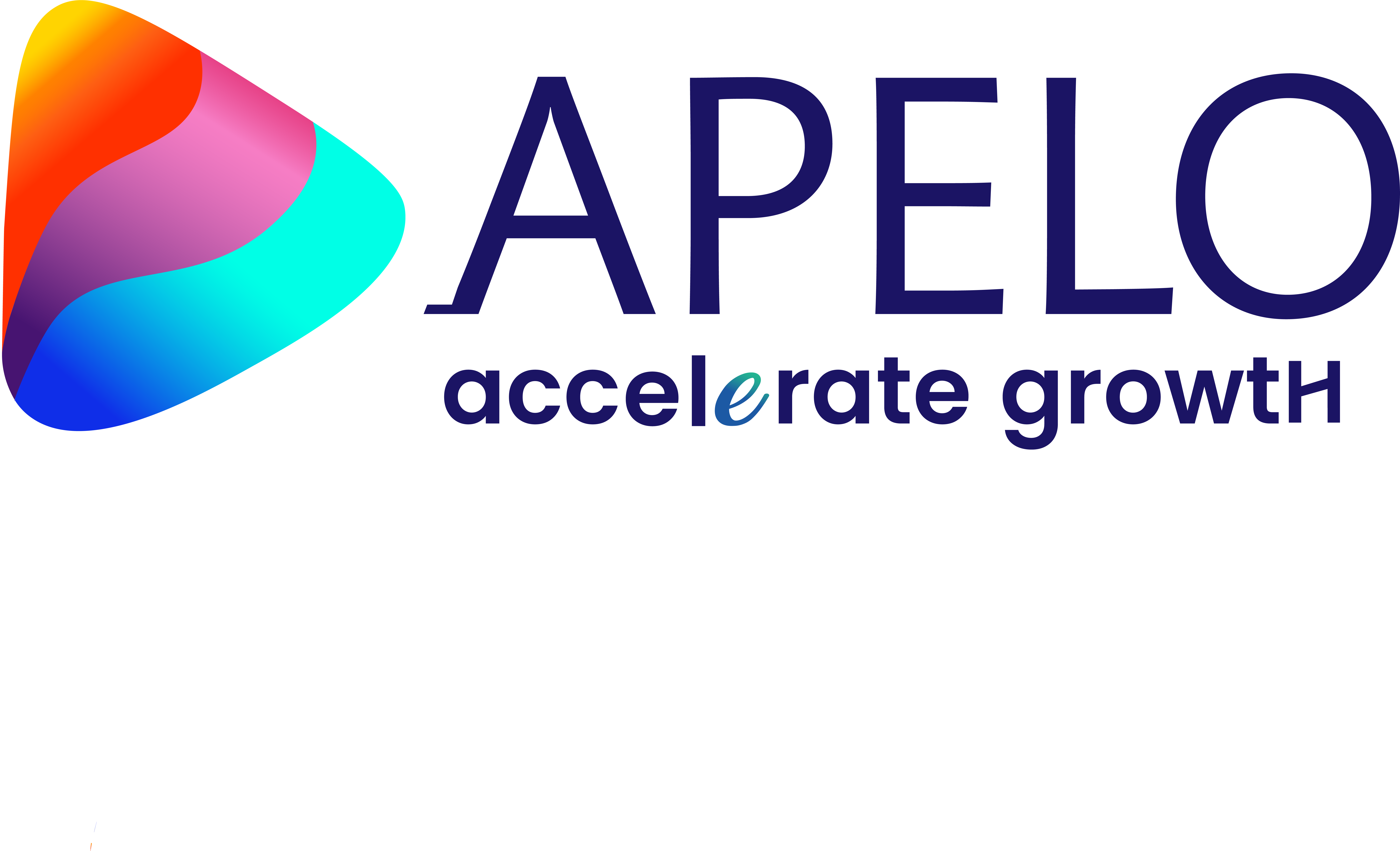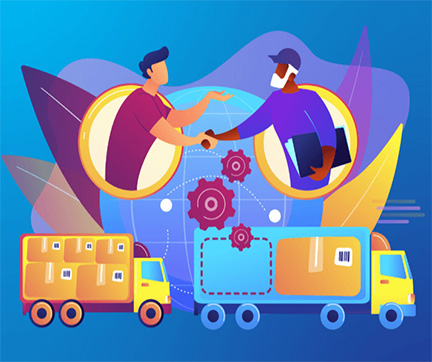As the coronavirus calendar crosses the seven-month mark, ideas on what constitutes a viable supply chain in a post-pandemic environment have changed for the better. The early days of destructive market desperation, panic purchasing groceries, and looking for daily items from a store to store are gone. We may now ask ourselves what we want from the big reset.
So, what did the Coronavirus do to the supply chains?
There are two separate responses to that question: the concrete one revolves around the spectacular e-commerce spike and the more conceptual response accepts the ecosystem-led resilience’s regenerative capacity.
Either way, the sustainable supply chain of the future, by design, and by choice, should be different. With quick-fix solutions, business owners should not be in a rush to get back to pre-COVID results. This is a rare moment in our history where there is an opportunity to rebuild on a clean path of growth. We need long-term sustainability goals.
Making a sustainable supply chain as a strategic priority
It’s a difficult challenge to move quickly but think long-term. Therefore, sustainability is a strategic action to be accompanied by investment and creativity. COVID-19 has driven supply chain executives to concentrate on the execution of agile solutions to global change with short-term goals in 2020. But now is not the time to delay sustainability efforts; once disruption eases, longer-term, structural challenges will still be there, along with market demand to address them.
Given a boom in e-commerce, the delivery of a sustainable supply chain has taken on a very literal sense for many organizations. With the digital change required to maximize deliveries and reduce the carbon footprint, it is important to use sophisticated algorithms, artificial intelligence (AI), and machine learning which can save gallons of fuel a year.
Independent third-party certification also helps underpin brand reputation for traceability and accountability, from provenance to chain of custody, minimizing danger. The principles of sustainability and certification concentrate companies on the required actions and observable criteria. Updated through frequent verification, these primary risk and performance data are important for companies to continuously change their strategies to create more robust and reliable supply chains.
Digitization of supply chain management
During the national lockdown, food protection and food waste association became a central priority for supply chain success, with fierce media coverage and public concern. Feeding a country under siege efficiently requires huge numbers.
Therefore, tackling the possibility of a full-blown food crisis has opened up possibilities for digital distribution in every way. Not unexpectedly, then, a sustainable supply chain is agile. More than just productivity and optimization initiatives, there is more to sustainability, such as streamlining journeys to slash air and road miles or just-in-time local development to save on energy-hungry warehousing.
The impact of digitization on the supply chain management industry started well before COVID-19, promising several gains in sustainability. However, initially, when the pandemic broke, worries arose that a reactive rise in e-commerce could relegate environmental issues to the list of priorities. However, when supply lines and market interest recover, so too will the appreciation of deeper green merits of the digital sphere.
Supply chain digitization means greater control of how deliveries are made, with managers of the supply chain able to make more informed decisions based on sustainable credentials. However, visibility is a major concern. A recent study found that almost four out of ten businesses listed low data quality as the main obstacle in their supply chain to addressing environmental concerns.
Just as digital solutions could promise a double dividend for supply chains, allowing sustainable development, while growing productivity and reducing waste, there is an inadequate improvement of data on its own.
Questions remain about the value of information, plus the expense of gathering and processing it. To optimize efficiencies, understand pros and cons, we live with a slogan for specific, up-to-date, and complex data, but we are blinded to how this impacts or trickles down to true sustainability.
Ultimately, the only true reset is circular, for sustainability to be regenerative, where the climate and local ecosystem are improved, not destroyed. The pursuit of productivity has been forcing durability out of supply chains over recent decades.
In the form of unprecedented disruptions, COVID-19 has been a considerable boon bringing the industry forward to face challenges giving rise to the scope of innovations. The supply chains have exhibited great resilience to these demanding circumstances due to the pandemic. It is undetermined as to when will the world have the pandemic eradicated, however, it is quite certain that it’s aftermath is going to be drastic and bring yet more challenging situations for the supply chain market. However, looking at the current agility of the industry, it can be predicted that the industry will continue to thrive with its constant focus on innovations and effective solutions.

